Advocating for and integrating Universal Design for Learning (UDL) in practice
We sat down with Crystal Hirtle, an experienced Universal Design for Learning (UDL) advocate, to delve into the transformative power of UDL and her own personal journey with the approach.
 3 min read
3 min read
 Published: 15 Aug 2024
Published: 15 Aug 2024
 Jacob Goodwin
Jacob Goodwin
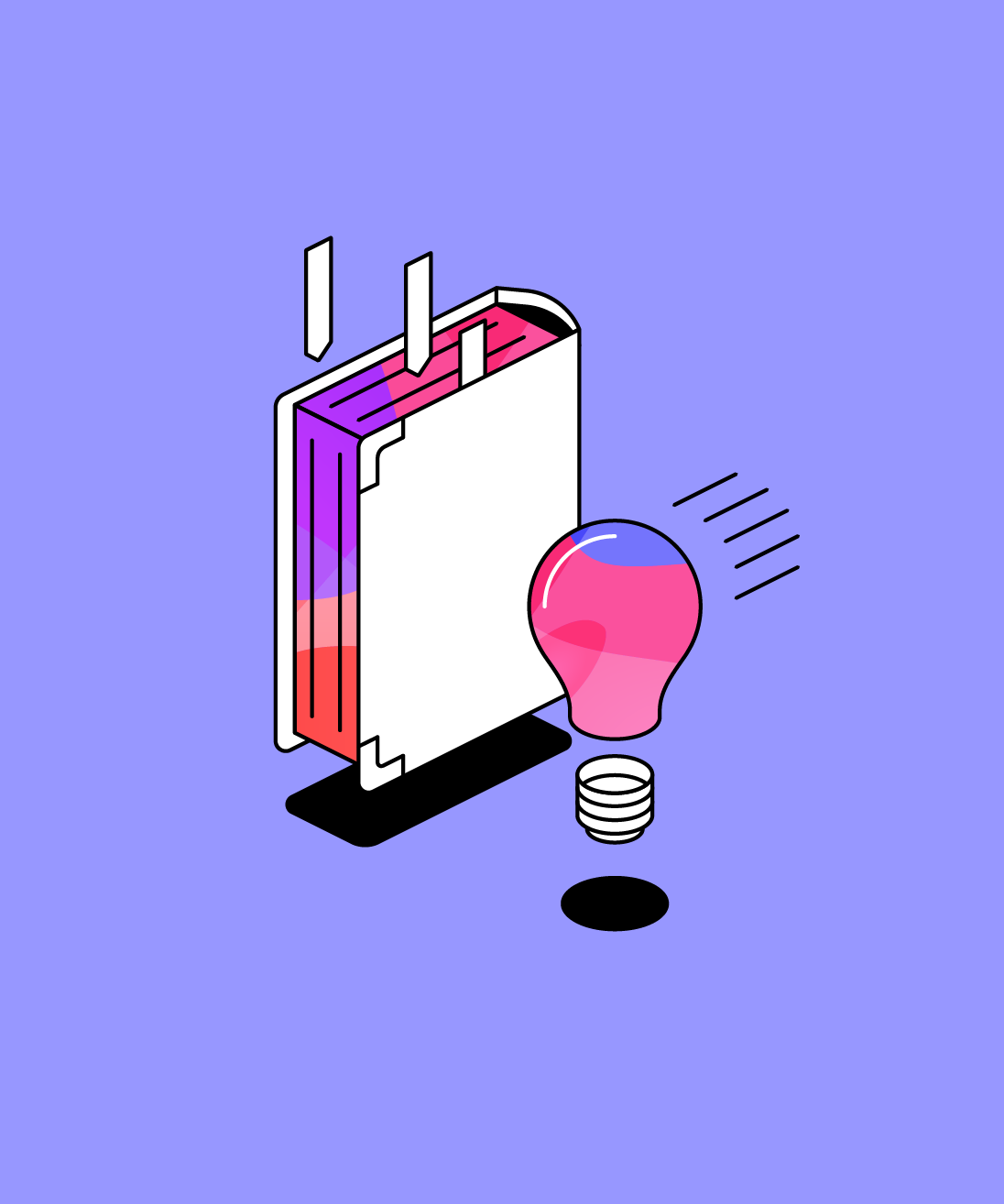
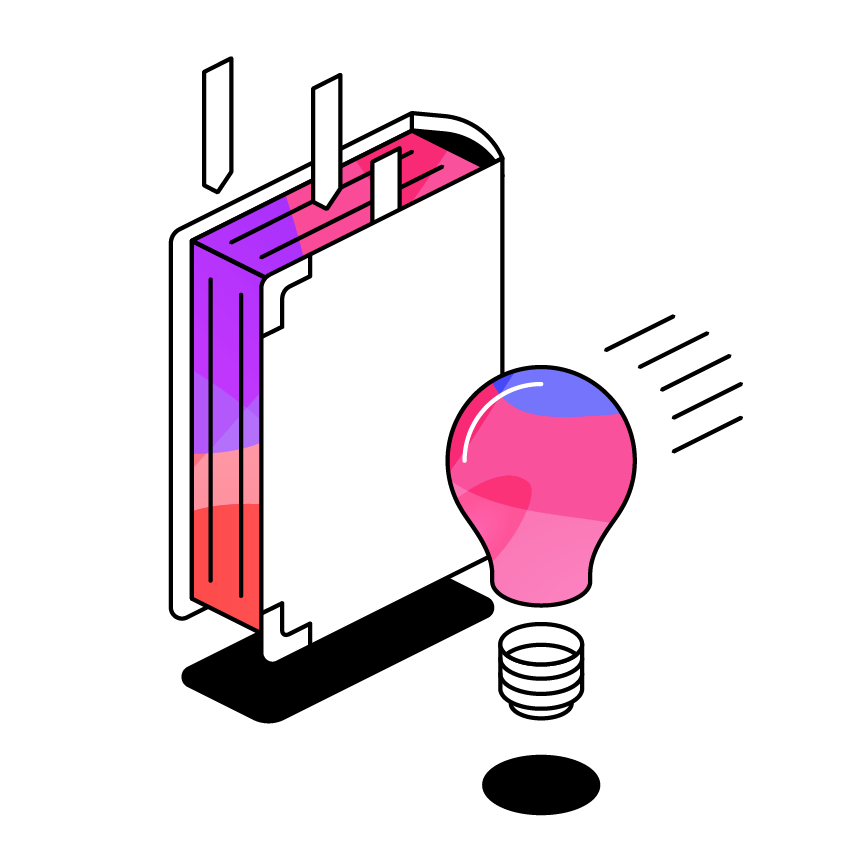
As diversity and inclusivity increasingly come to the fore across higher education, Universal Design for Learning (UDL) has emerged as a guiding light.
Universal Design for Learning (UDL) is a framework that champions proactive and inclusive teaching practices, ensuring that all students, regardless of their abilities or learning styles, have equal opportunities to thrive.
We sat down with Crystal Hirtle, an experienced UDL advocate, to delve into the transformative power of UDL and her own personal journey with the approach.
Crystal shared her experiences of overcoming common misconceptions about learning and success, and how integrating UDL principles led to a more inclusive and effective teaching practice.
These experiences were geared around three key learning outcomes:
- Analyze how personal beliefs about learning and success relate to UDL and influence your course design.
- Integrate UDL principles to make intentional design decisions for your courses or overall teaching practice.
- Plan a strategy for engaging in continuous improvement, seamlessly weaving UDL into future courses.
Missed the webinar? Don't worry, below you’ll find a comprehensive recap...
How personal beliefs about learning and success relate to UDL and influence your course design
Crystal's journey began by recognizing and challenging her own deeply held beliefs about learning and success. These "myths," often shared by educators, can inadvertently create barriers for students.
One such myth was around attendance. Crystal initially believed that students' attendance was solely their responsibility, and it wasn't the educator's job to "chase" them.
Another misconception related to due dates, where she assumed that students who miss deadlines are less dedicated.
Regarding anxiety and mental health, Crystal used to think that students should overcome these challenges independently to succeed.
In terms of the learning environment, she believed that it was the student's responsibility to ensure they had an appropriate setup.
Coming from an industry background, Crystal also held the myth that students needed to meet industry standards, even if it meant setting unrealistic goals. Additionally, she believed that students should meet expectations regardless of their motivation or interest, whilst holding the negative misconception that students who lack confidence won't succeed.
These myths, rooted in personal experiences and past educational practices, can lead to rigid teaching styles that hinder student success. By analyzing these beliefs through the lens of UDL, educators can identify and dismantle these barriers, fostering a more inclusive learning environment.
Integrating UDL principles to make intentional design decisions
Crystal's transformation involved actively integrating UDL principles into her course design and teaching practice. This shift towards flexibility and inclusivity led to remarkable improvements in student engagement and success.
One strategy she implemented was offering flexible submission options. Allowing students to choose how they submit their work, such as through voice recordings, presentations, or infographics.
Crystal also found success with pre-class quizzes, which encourage students to engage with the material before class, fostering deeper discussions and improving understanding.
For larger projects, Crystal recommends setting milestone dates. Breaking down projects into smaller, manageable chunks with specific checkpoints helps students stay on track. Providing example projects also alleviates anxiety and clarifies expectations, encouraging students to actively participate.
Crystal also suggested utilizing brainstorming tools, which can help students overcome mental blocks and generate ideas, promoting motivation and engagement. In her courses, Crystal made it a requirement for all students to utilize resources like the writing center, effectively integrating student services into assignments.
By encouraging all students to engage with these tools, she helped to remove any stigma and instead encourage help-seeking behaviors.
Scheduling regular check-ins with students allows educators to gain a holistic view of their students' well-being and make appropriate referrals when needed. Crystal also found that incorporating self-soothing activities like puzzles or coloring can help students manage anxiety and improve focus.
One-on-one meetings with students enable educators to understand their diverse interests, and needs, creating more inclusive practices. Crystal also champions collaborative learning, where students teach each other, fostering deeper understanding and building confidence.
The "letter to self" assignment, where students write a letter to their future selves outlining their goals and motivations, serves as a powerful reminder during challenging times whilst embracing mistakes and providing opportunities for correction fosters a growth mindset and reduces anxiety.
Rather than simply providing answer keys, Crystal encourages educators to check answers and explore student thought processes. This helps identify knowledge gaps and facilitates deeper learning.
To increase relevance and motivation, Crystal suggests mapping learning outcomes to industry duties. Connecting classroom learning to real-world applications can be highly effective.
Another strategy is organizing student skills showcases to industry partners. This bridges the gap between education and industry, boosting student confidence and demonstrating their capabilities.
Finally, assigning projects that involve interviewing industry professionals provides valuable insights into industry expectations and motivates students to strive for excellence.
By intentionally incorporating these and other UDL strategies, educators can create a more inclusive and supportive learning environment that empowers all students to succeed.
Plan a strategy for engaging in continuous improvement
Crystal emphasized the importance of continuous improvement in UDL implementation. Educators must actively seek feedback, reflect on their practices, and make adjustments to enhance the learning experience for all students.
One effective strategy is using weekly exit tickets to gather feedback from students on what worked well and what could be improved. Encouraging students to reflect on key categories like their mental health, learning outcomes, environment, materials, expectations, and barriers also provides valuable insights.
Crystal recommends setting goals for improvement and committing to improving at least one category with each course revision to ensure ongoing progress. Maintaining a "living document" of barriers and corresponding UDL solutions helps educators track their progress and identify areas for further development.
By actively engaging in continuous improvement, educators demonstrate their commitment to creating an inclusive and effective learning environment that supports all students on their path to success.
Crystal's personal journey showcased the transformative impact of UDL on both educators and students.
By challenging her own beliefs, embracing flexibility, and actively seeking improvement, she was able to create a more inclusive and empowering educational experience for all learners.
More from Supporting Students
View All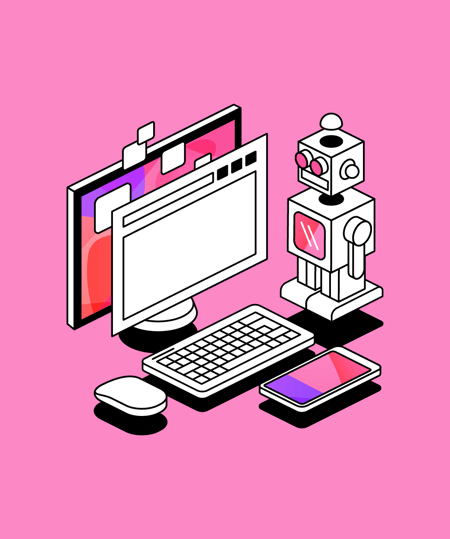
 5 min read
5 min read
Understanding and supporting students with barriers in higher education
Take a deeper look into students with barriers to learner. Here, we discuss who they are, what challenges they face and what institutions can do to support them.
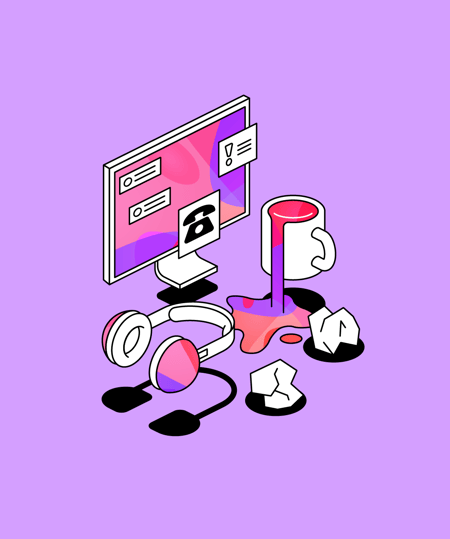
 3 min read
3 min read
Understanding and supporting time poor students in higher education
Here, we take a deeper dive into who the time poor learners are, and their unique challenges. Explore strategies to support students juggling multiple roles and responsibilities, to create a more inclusive and flexible learning environment.
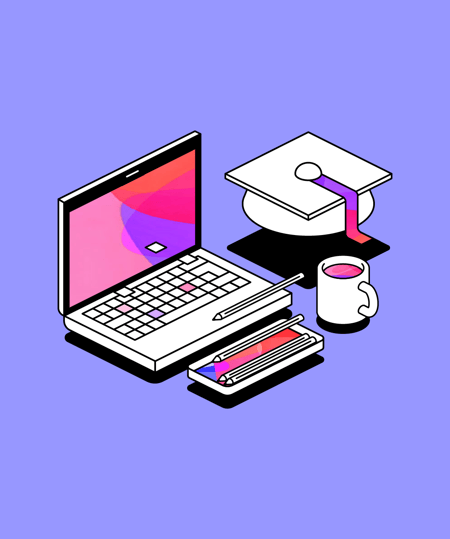
 3 min read
3 min read
Navigating the AI landscape in education: Helping or hindering student success
AI has transformed what it means to teach and to learn. It is crucial now for higher education leaders to determine how they deploy AI to help, rather than hinder, student success.





